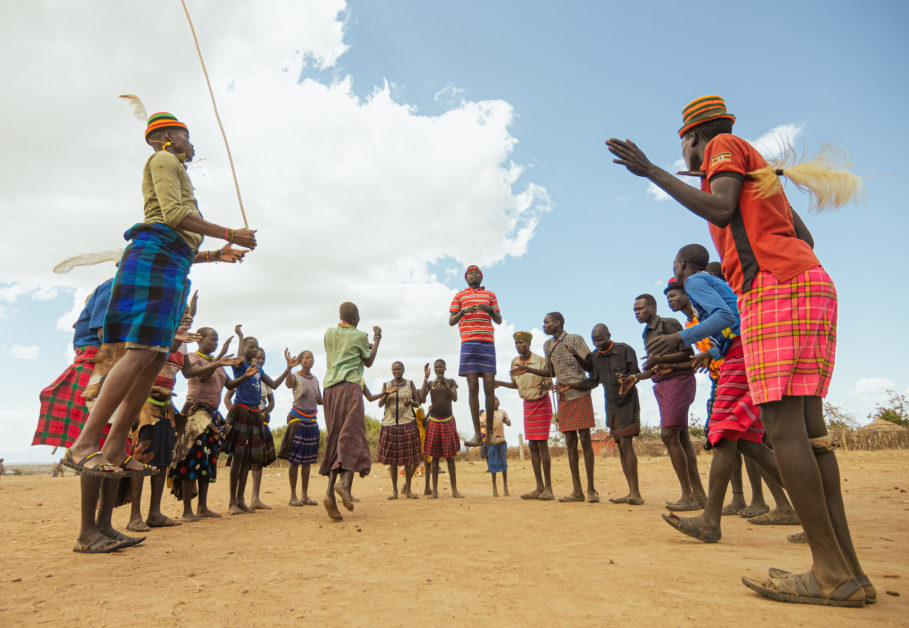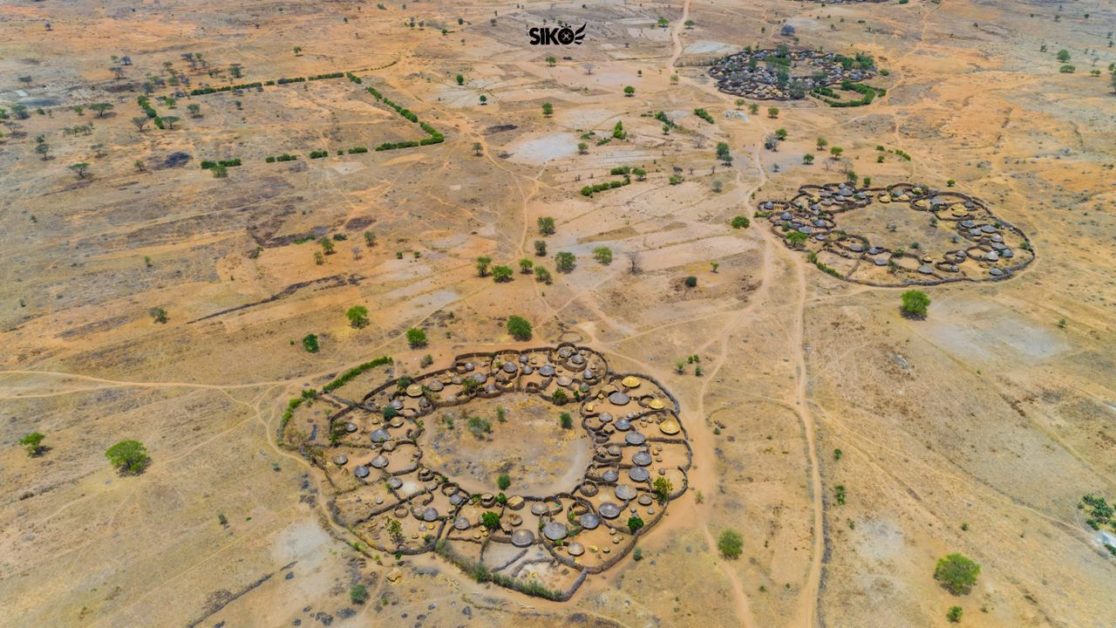Karamoja has become more famous recently – just like the mabaati (iron sheets) hashtag. However, there are people who wonder why the President has put a lot of energy into leaders who abused his trust and that of the people of Karamoja.
A Biblical character wondered when he learned that Jesus’ home town was Nazareth. “Can anything come out of Nazareth?” he asked. The same is often raised over Karamoja, consciously or unconsciously – with many people thinking Karamoja is not worth our time.
So, “What good is in Karamoja!” has been affirmatively answered by the entire state of Uganda responding to President Museveni’s reasonable guidance to have full accountability for what is due of Karamoja. The government has over the years dedicated human and financial resources to transform Karamoja into a safe, productive, and prosperous region. He wants to prove that the legendary stone rejected by builders could anchor the Uganda of the future. Mark these words.
Even in the midst of negativity surrounding the Karamoja iron sheets scandal, there is a silver lining on the dark cloud – we should have a discourse taking Karamoja forward.
With its unique challenges, especially in the security sphere, we should not lose faith in what Karamoja can offer Uganda and the world. And this is what the ministers of Karamoja need to do to unleash the fortunes of the region – as soon as they put the iron sheet ghosts behind them.
The ministers need to start by borrowing a leaf from the former minister of Karamoja, Mama Janet Museveni. Her leadership of the docket brought to prominence the once unnoticeable ministry. We saw noticeable investment in Karamoja’s human capital, political prominence, attracted donor interest, as well as infrastructure development among other things. Under Mama Janet, food, seeds, animal stocks, electricity and tarmac roads crossed into the land renowned for cattle rustling – and indeed, cases of diversion of funds or stores meant for Karamoja were unheard of.
So what can Mrs Kitutu and Madam Nandutu do differently? I assume it is in their fresh commitment to see a better and prosperous Karamoja.
If during Mama Janet’s time, business people including the late Bulahimu Muwanga Kibirige (BMK) picked interest to invest in a beautiful hotel, what more could be done in what many agree is the best tourist attraction in Uganda and actually the third most attractive in Africa – according to renown tourism reviewers. I will return to the Kidepo Valley National Park later.
The Big Picture
Ministers Maria Goretti Kitutu and my sister Agnes Nandutu, actually still can do this job. When the dust settles, they need to borrow a leaf from the work ethic, commitment and success story of Mama Janet. They can do something to change that narrative and win back the confidence of their appointing authority, and the people of Uganda in general. They can still return to the ministry and in Karamoja and hold meetings with wanainchi including karacunas. Listen to them. And Follow up on what is agreed upon as due to them.

What can be done?
The Karamajongs have three things to themselves which can transform their world⏤ land, culture and animals. The three can combine into a package called Tourism. This is the low-hanging fruit for the region, which can anchor agriculture, and other things such as mining to transform economic activities there.
We all know it is difficult to transform Karamoja directly through land and animal resources as practised by them or elsewhere in the country because the principal stakeholders have a different world view on land and animal economy, therefore developing and ensuring security for the tourism sector to flourish in Karamoja, will attract new players, who in turn will grow a new world for the region, just like it has been for Masai Mara in Kenya, or Serengeti in Arusha, Tanzania. The impact of tourism trickles down to the last person in the area.
The Karamoja ministers need to partner with their colleagues in Tourism, Gender, Works and Defence, to offer the region a new deal. The deal to transform the region into a tourism powerhouse. Like the tourism boards of Kenya and Tanzania do to milk millions of dollars from the Masai cultural and wildlife resources, I am certain Kidepo Valley National Park, acclaimed as a wilderness gem internationally, can be the goose that lays golden eggs.
Kidepo has been featured on CNN, National Geographical journal or even Time magazine, among other places, as a place for tourists seeking tranquility, peace of mind and amazing experiences in the jungle. The beauty of Narus Valley which has a variety of animals including cheetahs, elephants, Buffalos, zebras, Giraffes among others – make Kidepo the “hidden gem” in Uganda’s safari package, let alone the breathtaking landscape that protects diverse wildlife, and one of the most unadulterated cultural heritages in the world.
With these wildlife backed up with Karimojong culture and heritage – may combine to offer the world the ultimate safari expedition. They should take a multi-sectoral investment plan to the President explaining how to transform the region using the opportunities and resources at their disposal.

President Museveni has already earmarked tourism as one of the country’s economic pillars. Outside the budget for marketing which has grown over the years, the president has prioritized roads, airports and other infrastructures leading to tourism destinations, especially in Kigezi and Rwenzori areas. The private sector has equally come in handy to invest their monies in lodges, memorabilia, and community and cultural experiences among others. This has boosted tourism economies around the national parks in Kigezi, Rwenzori, Bunyoro/Lango among other tourism regions. Consequently, more visitors have toured these places and the districts hosting or neighbouring those national parks have received loyalties. From those resources, these communities build roads, invest in health care and education. Such can be achieved without wildlife crime such as poaching, ivory smuggling or any forms of theft or abuse against good tourism practices.
The line minister should push for the prioritisation of an airport in Moroto to shorten the time tourists take to connect from Kampala or Entebbe, Kisoro or Hoima.
The minister of Karamoja could even ask the President for UPDF’s engineering and production brigades to work alongside the fighting force, to tap into the capacity UPDF has built over the years in road construction, water management or food production. Mrs Kitutu would reap dividends and leave Karamoja a much better, wealthier, livable region.
The security offered to Karamoja will not go to waste, but will bring with it a dividend – our forces will not be seen as a confrontational force against Karamojong warriors, but a force for the transformation of the region.
This will make Karamoja a more attractive area where people can travel, visit, or trade– and help it integrate with the rest of Uganda. And contribute to Uganda – rather than having people sucking the rest of the country in its name.
